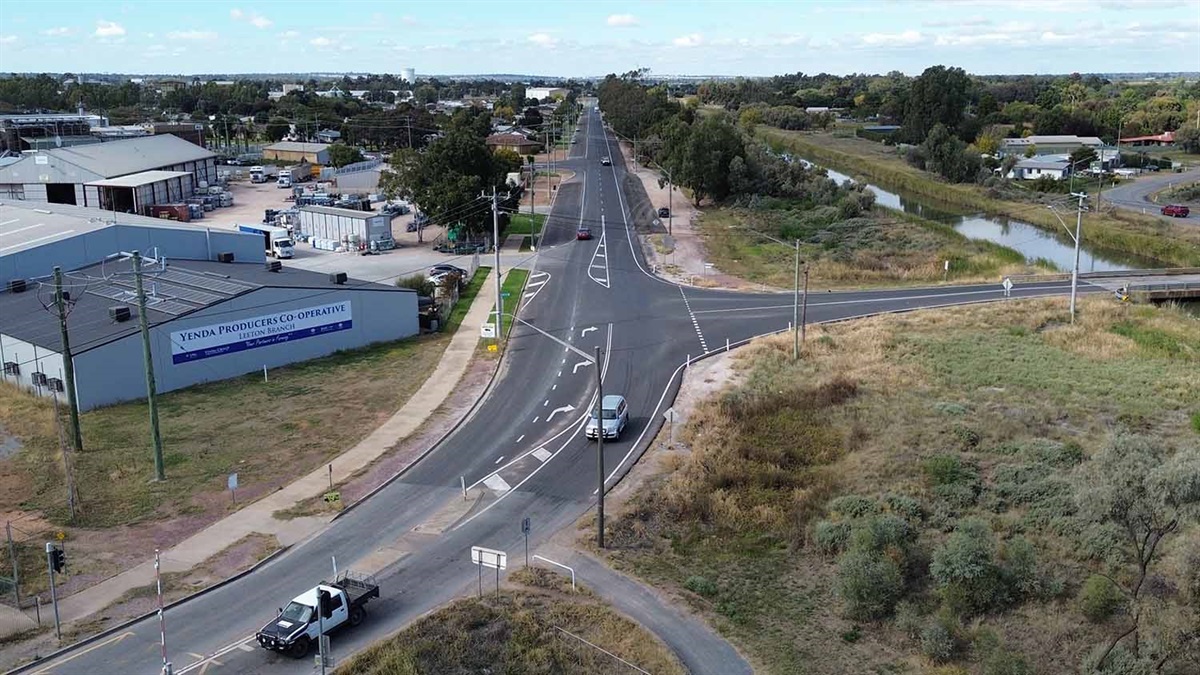Around 50 journalists and broadcasters from across Asia and the Pacific came together today to share stories, experiences and challenges in reporting on road safety in low-and-middle income countries. The webinar, titled ‘Road Safety Reporting: Case Studies and Actions to Save Lives,’ was co-hosted by the World Health Organization and the Asia-Pacific Institute for Broadcasting Development [AIBD].
“Journalists have a crucial role to play in holding power to account, speaking up for the vulnerable, and courageously exposing issues in society that need fixing. By shining a light on road safety – moving beyond reporting on crashes, to look at the systems and deeper causes – journalists can help save lives and to shine a light on an under-reported crisis,” said Dr Rabindra Abeyasinghe, WHO Representative to Malaysia, Brunei Darussalam and Singapore, in his opening remarks.
Speakers from DD News, India’s National Broadcaster, Astro AWANI news in Malaysia, which has been consistently recognized as Malaysia’s most trusted news source by the Reuters Digital News Report, and Bangladesh Betar, Bangladesh’s National Public Radio, shared experiences in covering and promoting road safety.
Dr Nhan Tran, Head of Safety and Mobility at WHO, gave an overview of the Global Plan of Action for United Nations Decade of Road Safety, and of the need for countries to adopt a Safe Systems approach to road safety.
“The Safe Systems approach is about looking not just at individuals and individual risk factors, but looking at the system as a whole, and recognising that how we behave and how we interact with the system is significantly influenced by the design of the system itself. In other words, if you improve the system, you can improve behaviours and ultimately reduce deaths from crashes,” said Dr Tran.
Breakout groups for TV, radio and print journalists sought to identify the challenges and dilemmas they face in reporting on road safety, how to overcome them, how WHO and other partners can help in this effort, and discussed different story angles.
Discussions were held on the use of dashcam footage for social media, the legal, ethical and law enforcement concerns around the use of dashcam footage.
Broadcasters called for more engagement with young people, especially given the high fatality rates among young men, and called for a more solutions orientated and educational approach in reporting, rather than putting an emphasis on punitive angles.
“We need to make the public active participants in road safety, organising inter-personal events with young people like rallies, in schools and in colleges, as well our work with journalists,” said Mr Vikas Narian, Assistant Director of DD News, India’s National Broadcaster.
Calls for WHO and other partners came for more training in investigative journalism and briefings for journalists to explain the complexities of a safe systems approach to road safety, and to partner with celebrities and influencers in campaign work.
The webinar was organised as part of the Bloomberg Initiative for Global Road Safety. The legislative development and media engagement aspects of the initiative are led by WHO. A series of regional trainings for journalists covering the 15 countries covered in the 2022-2023 BIGRS phase of work are planned for the coming year. To help stimulate quality reporting on road safety, WHO creates regular newsletters and a Twitter feed.





